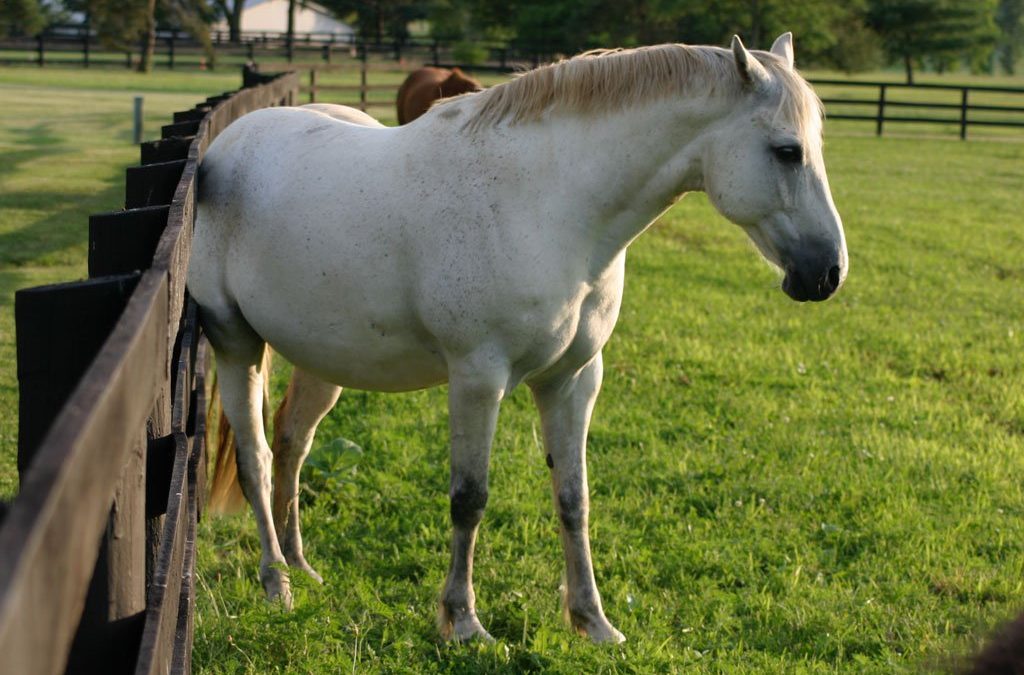Over the past several years, testing horses for horse feed allergies has become very popular in veterinary practice. When a horse develops a skin and/or respiratory problem, the feed the horse is eating immediately becomes suspect as a causative agent. What is problematic about this situation is that the horse is limited to all vegetarian dietary ingredients and with the list of possibilities that can be used to make horse feed limited to twenty, it has not been uncommon for the allergy test to come back reporting the horse is allergic to almost all the ingredients in feed. Why is this occurring and what is a better way to test for food allergies? First, we must look at the method of allergy testing commonly used to understand why horses appear to be allergic to a high percentage of food ingredients.
Allergy Testing Methods
- Blood Testing Methods
Blood testing for allergies is difficult because the organ that is most affected by the allergy – the skin – is not being tested for a reaction. There are also several different types of blood tests offered, which may vary in accuracy of results, and lack of standardization between laboratories makes the validity of the tests and final results questionable.
- Intradermal Allergy Tests (IDAT)
IDAT is a commonly used allergy testing method that involves injections of allergens, such as mold and pollen, into the horse’s skin, usually the neck area. A veterinary dermatologist evaluates the skin for a reaction that is called either wheals or hives; these are measured for several hours and at that time the largest wheals indicate which allergens should be used in hypo sensitization injections.
It is important to note that at this point that neither blood testing nor intradermal skin testing are very useful in identifying allergy to food. Many normal horses will react to at least some of the allergens on the allergy panel and to complicate matters further, the panel of allergies may not contain what the horse is actually allergic too. While food allergy in horses is rare, it is a real diagnosis that can be confounded by traditional allergy tests that often show hypersensitivity to something the horse commonly eats.
Another Way to Test
Clinical signs of a food allergy include:
- Hives
- Itchiness
- Possible self-trauma due to scratching
The most dependable method of testing for a food allergy is to eliminate the suspected food allergen from the diet for 4 – 8 weeks and to see if the condition improves. If a specific food allergen cannot be pinpointed, the next step may be to perform a food allergy trial. A practical way to begin a food-allergy trial is to remove concentrates (grain or pellets) and all supplements from the horse’s diet and just feed forage. If the condition improves, the concentrate could be fed again to see if the allergy symptoms return, or simply try another feed and see if the symptoms do not re-appear.
Take Home Message
Food allergy in horses is a very real, but rare case that is often tricky to diagnosis if traditional methods of allergy testing (blood and Intradermal) are used. If you suspect your horse is suffering from a food allergy, it is best to remove the suspected allergen from the diet for 4-8 weeks and see if the condition improves or to perform your own food allergy trial.
In many cases, stabled horses become highly sensitized to mold, pollen, moisture, ammonia and poor ventilation. Stress from confinement can also cause compromised immune function which can lead to a predisposition for allergies. Getting horses out on pasture and lowering stress levels may do more good than anything for what appears to be an allergic horse.
This blog post was originally posted on Wednesday, March 7th, 2012 at Equine Nutrition and Health Services Blog. Blog article was re-posted with permission from blog owner, all rights reserved.

